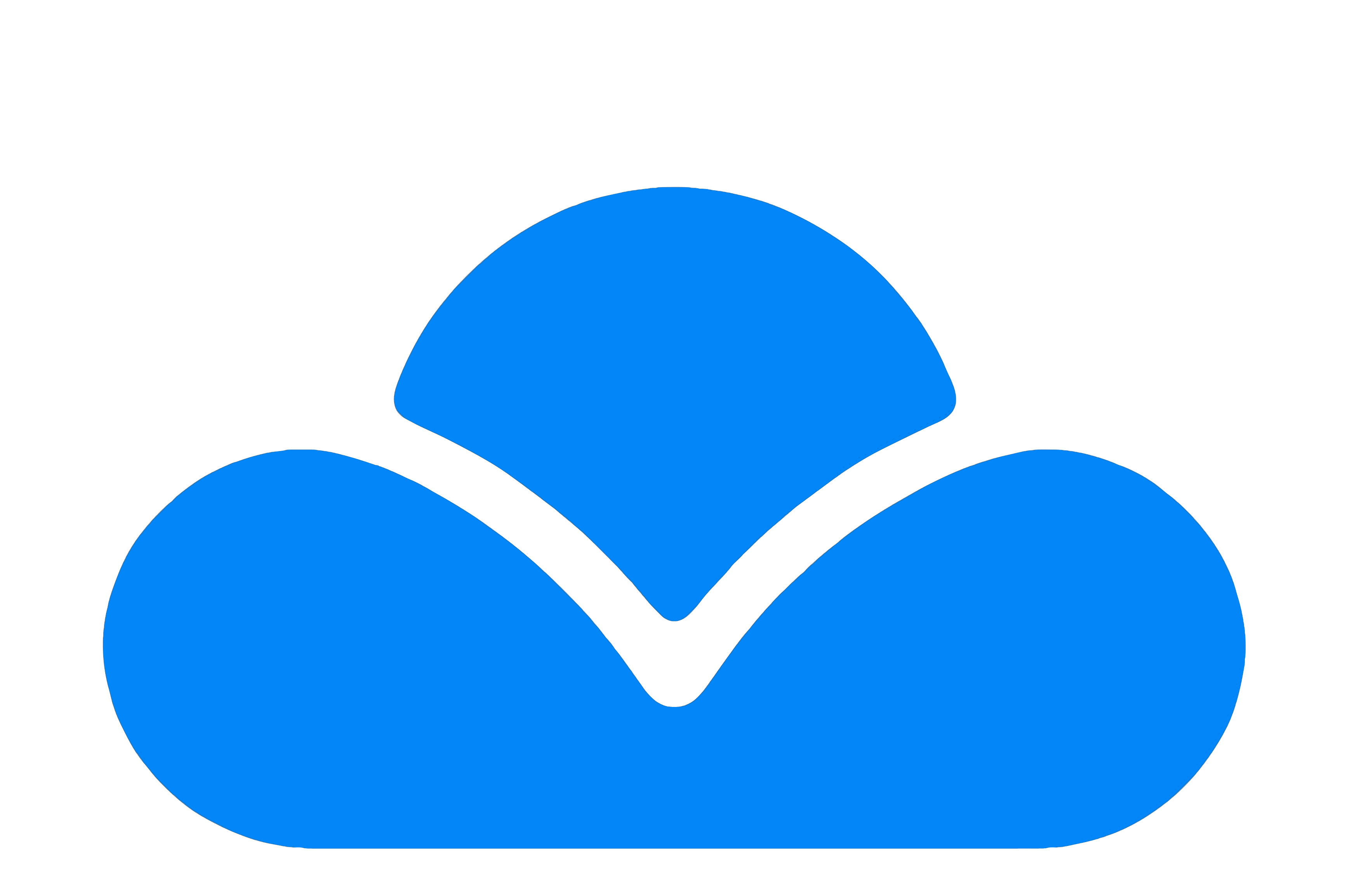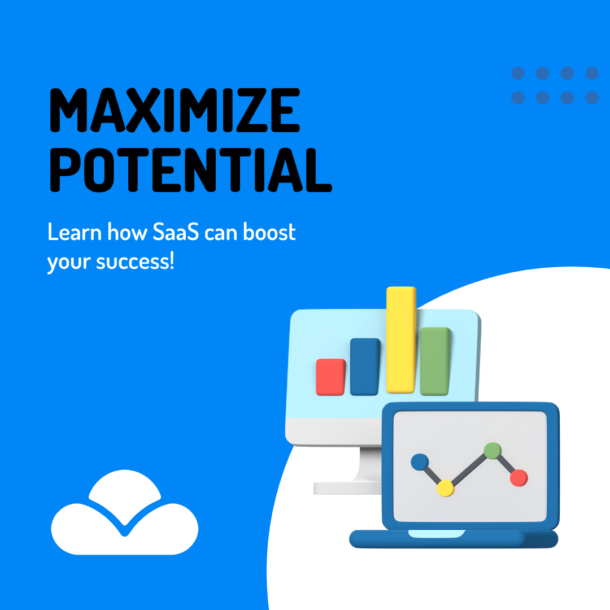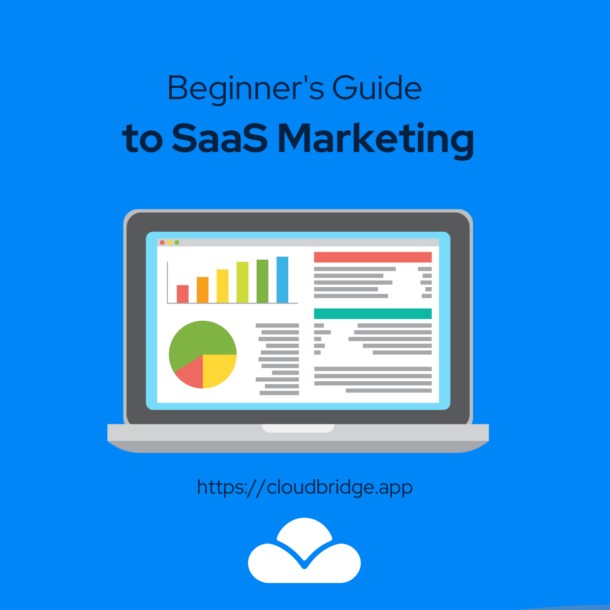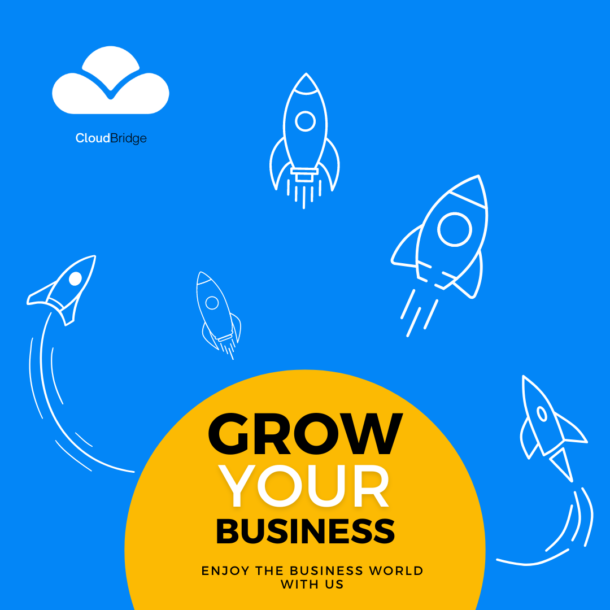Productivity
· SaaS
· Workflow
Understanding SaaS Technology for Your Business
Ali Kizilbash
May 5, 2023Are you confused by all the tech jargon around Software as a Service (SaaS)? Don’t worry, you’re not alone. SaaS is a term that’s been buzzing around for a while now, but many people still don’t know what it really means or how it works. In this beginner’s guide, we’ll break down the basics of SaaS so you can understand what it is, how it works, and why it matters.
What is SaaS?
SaaS stands for Software as a Service. It’s a software distribution model in which a third-party provider hosts applications and makes them available to customers over the internet. Instead of installing and maintaining software on your own servers, you can access it through a web browser or app on your device.
How does SaaS work?
SaaS providers typically offer a subscription-based pricing model, meaning you pay a monthly or annual fee to access the software. The provider hosts the software on their servers and manages the infrastructure, security, and maintenance. You don’t have to worry about updating the software or maintaining hardware.
One of the key benefits of SaaS is that it’s accessible from anywhere with an internet connection. This makes it easy for remote workers or teams in different locations to collaborate and access the same software. Additionally, SaaS providers typically offer mobile apps, so you can access the software from your smartphone or tablet.
Why should I use SaaS?
There are many reasons why businesses and individuals choose to use SaaS. Here are a few key benefits:
Cost savings
With SaaS, you don’t have to invest in hardware or IT infrastructure, which can be expensive. Instead, you pay a monthly or annual subscription fee that includes everything you need.
Scalability
SaaS providers offer scalable solutions, meaning you can easily add or remove features as your needs change. You don’t have to worry about outgrowing your software or investing in new hardware.
Accessibility
With SaaS, you can access your software from anywhere with an internet connection. This makes it easy to work remotely or collaborate with team members in different locations.
Security
SaaS providers typically have robust security measures in place to protect your data and information. They have the resources and expertise to implement strong security measures that you might not have access to on your own.
Maintenance and support
SaaS providers handle all of the maintenance and support for the software, so you don’t have to worry about updates or technical issues.
Are there any drawbacks to using SaaS?
While there are many benefits to using SaaS, there are also some potential drawbacks to consider:
Data privacy
When you use SaaS, your data is hosted on a third-party provider’s servers. This means you’re entrusting your data to someone else, which can be a concern for some businesses.
Internet dependency
Since SaaS is cloud-based, you need an internet connection to access it. If your internet goes down or is slow, you may not be able to access your software.
Limited customization
SaaS providers typically offer a set of features and customization options. If you need highly customized software, SaaS may not be the best option for you.
Subscription fees
While SaaS can be cost-effective, subscription fees can add up over time. You may end up paying more in the long run than if you had invested in your own hardware and software.
Dependency on provider
When you use SaaS, you’re dependent on the provider to maintain and update the software. If the provider goes out of business or experiences technical issues, it could impact your ability to access your software.
To sum up, understanding SaaS is essential for any individual or business that wants to leverage the power of cloud computing to improve productivity and efficiency. With its many advantages, such as cost-effectiveness, scalability, accessibility, security, and support, SaaS has become a game-changer in the tech industry. However, it’s crucial to carefully consider the factors mentioned in this beginner’s guide before choosing a SaaS provider. By doing so, you can ensure that you make the most out of this revolutionary technology and stay ahead of the competition.





